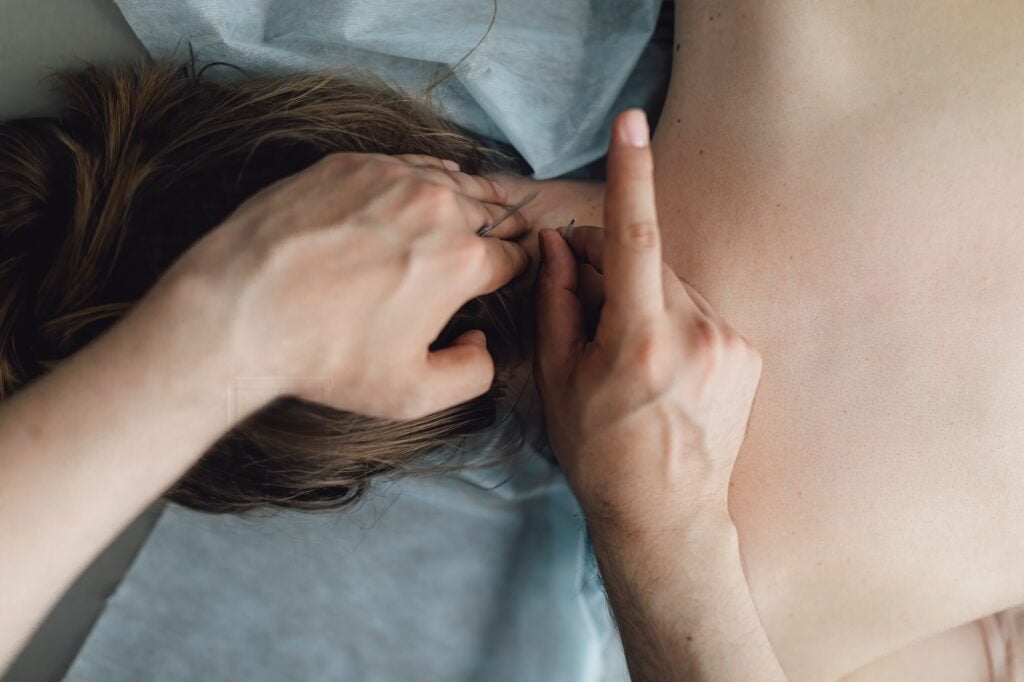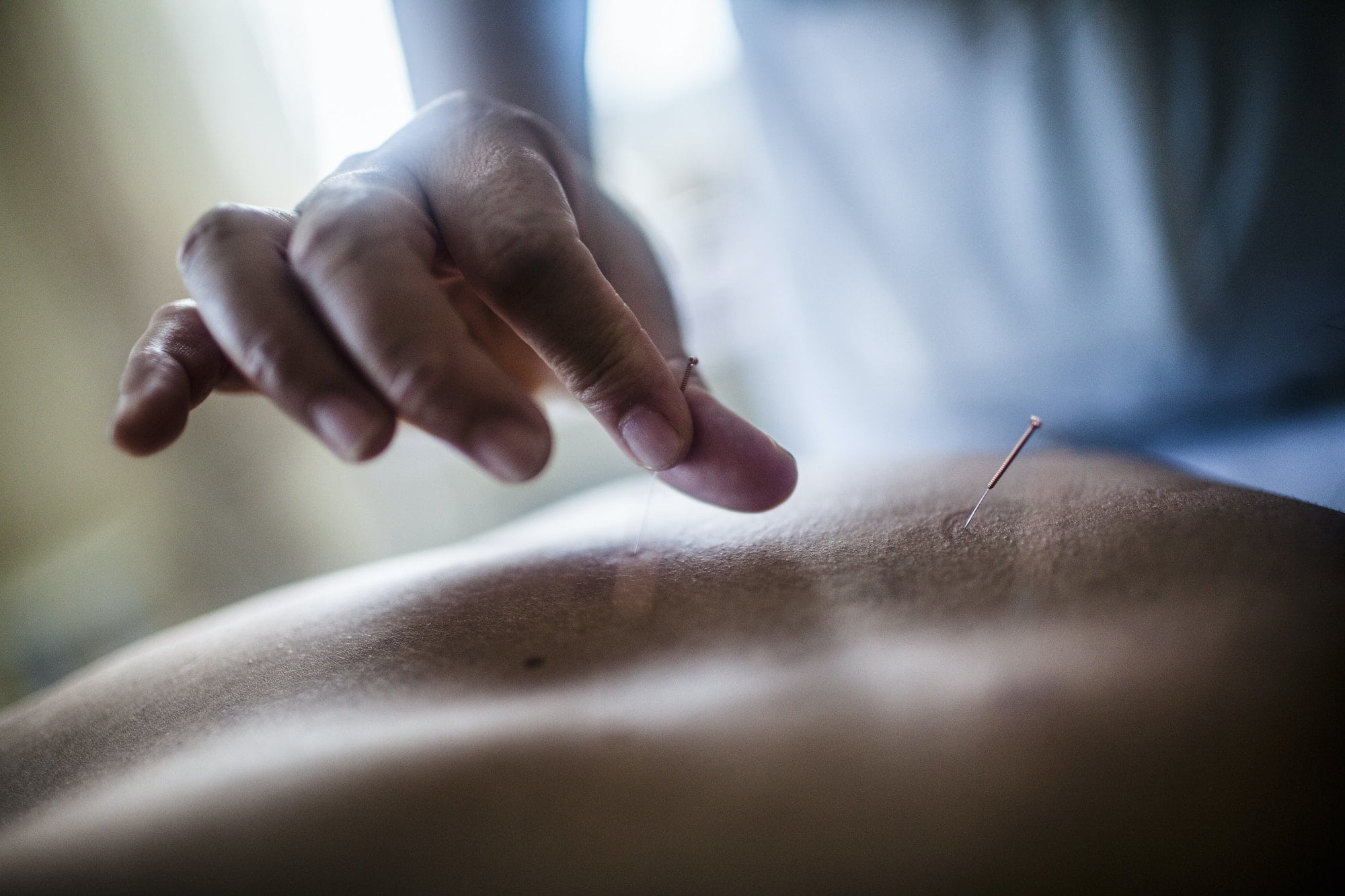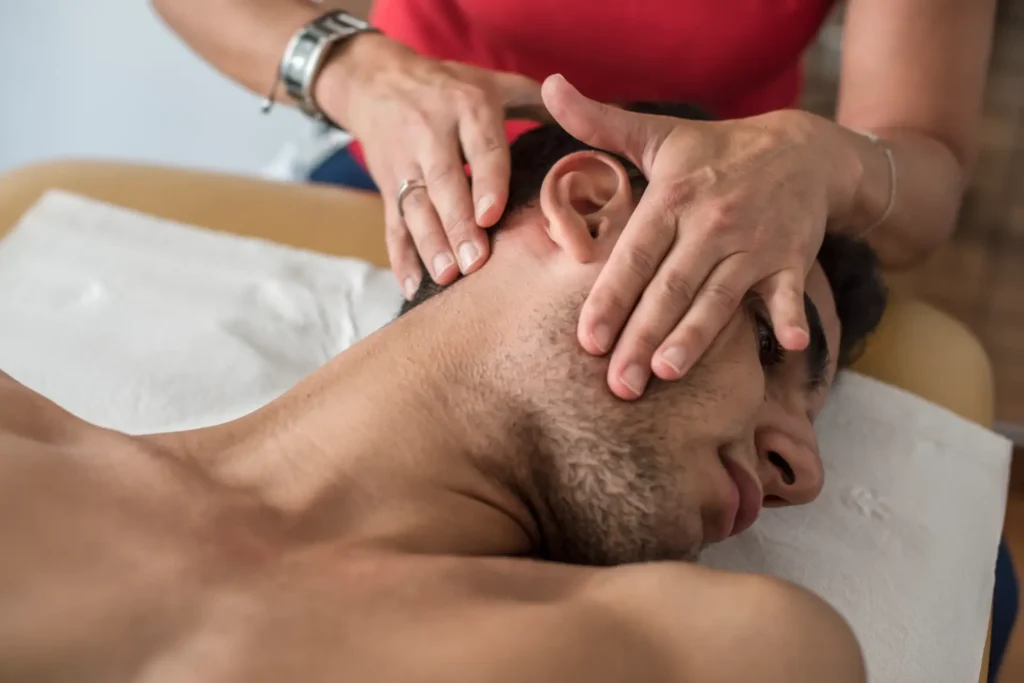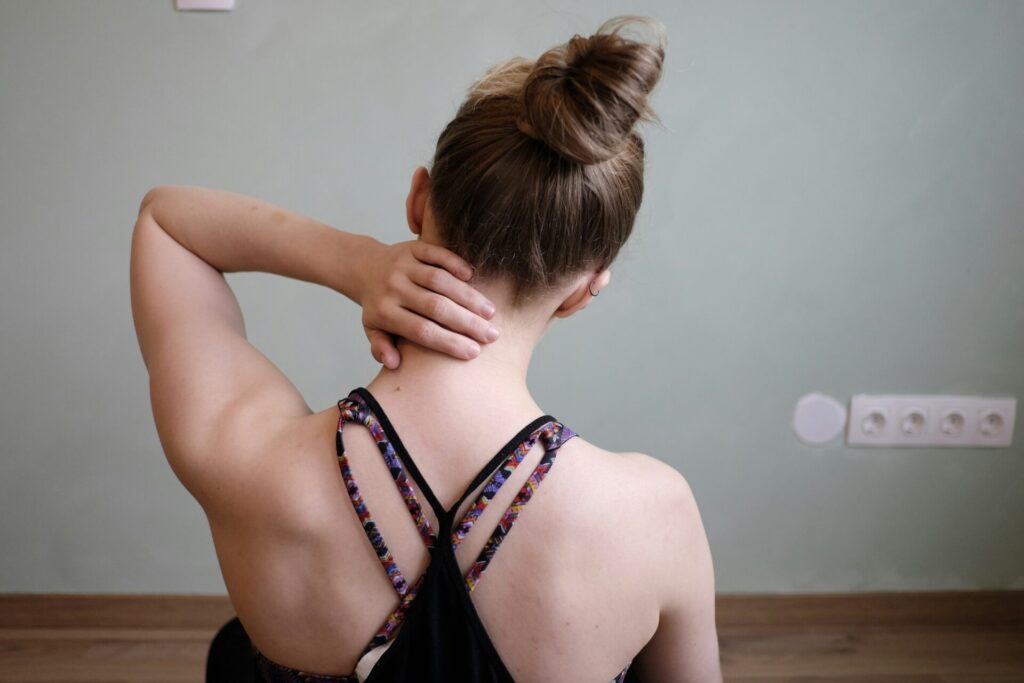Are you experiencing chronic pain? Have you tried various treatments but none of them seem to provide lasting relief? Have you ever heard of Acupuncture?
Acupuncture is a traditional Chinese medicine practice that involves inserting needles into the skin at specific points on the body to treat various conditions, including pain. The practice has been around for thousands of years, and while its effectiveness has been a topic of debate among Western medicine practitioners, many people have reported positive results from acupuncture treatment.
So, how does acupuncture work, and how can it help with pain management? The answer lies in understanding the basic principles of traditional Chinese medicine.
Understanding Traditional Chinese Medicine
In traditional Chinese medicine, the body is believed to be made up of energy pathways called meridians, and the flow of energy through these meridians, known as Qi (pronounced ‘chee’), is responsible for the body’s overall health and well-being. When the flow of Qi is disrupted or blocked, it can lead to various health problems, including pain.
Stimulating Specific Points
Acupuncture works by stimulating specific points along the meridians, which can help to restore the flow of Qi and relieve pain. The points where the needles are inserted are chosen based on the specific condition being treated and the individual’s overall health and energy patterns.
Theories Behind Acupuncture’s Pain-Relieving Effects
There are several theories behind acupuncture’s pain-relieving effects, including:
- Natural painkillers: Acupuncture triggers the release of natural painkillers in the body, such as endorphins and enkephalins. These chemicals can help to block pain signals from reaching the brain, reducing the sensation of pain.
- Reduced inflammation: Acupuncture may help to reduce inflammation in the body, which can be a source of pain in conditions such as arthritis.
- Natural healing processes: Acupuncture may also help to stimulate the body’s natural healing processes, which can promote tissue repair and reduce pain.
Evidence for Acupuncture’s Effectiveness in Pain Management

Research has shown that acupuncture can be effective in treating various types of pain, including:
- Chronic back pain: Acupuncture has been found to be effective in treating chronic back pain. A study published in the Archives of Internal Medicine found that acupuncture was more effective than standard care for treating chronic low back pain.
- Osteoarthritis: Acupuncture has been found to be more effective than usual care for reducing chronic pain in patients with osteoarthritis of the knee. A study published in the Journal of the American Medical Association found that acupuncture provided better pain relief than standard care.
- Headaches: Acupuncture has also been found to be effective in reducing the frequency and intensity of tension headaches. A study published in the Cochrane Database of Systematic Reviews found that acupuncture was more effective than no treatment for reducing the frequency of tension headaches.
Skepticism and Placebo Effect
While the evidence for acupuncture’s effectiveness in pain management is growing, some Western medicine practitioners remain skeptical of the practice. They argue that the benefits of acupuncture may be due to the placebo effect, rather than any specific physiological effects. However, studies have shown that acupuncture can have physiological effects on the body, such as increasing blood flow and reducing inflammation.
One study published in the Journal of the American Medical Association found that acupuncture was more effective than usual care for reducing chronic pain in patients with osteoarthritis of the knee. The study involved over 500 patients who received either acupuncture, sham acupuncture, or usual care for 26 weeks. Those who received acupuncture had significantly greater improvements in pain and physical function compared to those in the other two groups.
Another study published in the Archives of Internal Medicine found that acupuncture was more effective than sham acupuncture for treating chronic low back pain. The study involved over 1,100 patients who received either real or sham acupuncture treatment for eight weeks. Those who received real acupuncture had greater improvements in pain and function compared to those who received sham acupuncture.
What to Expect During an Acupuncture Session
During an acupuncture session, you will typically lie down on a table while the acupuncturist inserts thin needles into specific points on your body. The needles are left in place for 15-30 minutes, during which time you may feel a mild tingling sensation or a slight ache. Many people find acupuncture to be a relaxing experience.
If you’re considering acupuncture as a treatment option for your pain or other health concerns, you may be wondering what to expect during your first appointment. Here’s what you can typically expect during an acupuncture appointment:
Consultation with Acupuncturist
First, you will likely have a consultation with the acupuncturist to discuss your symptoms and medical history. The acupuncturist will ask you about any current or past health conditions, medications you’re taking, and any other relevant information. They may also ask to see any medical records or test results.
Physical Examination
After the consultation, the acupuncturist will conduct a physical examination to assess your overall health and to identify any areas of pain or tension. They may check your pulse, look at your tongue, and palpate various parts of your body to identify areas of tenderness or swelling.
Needle Insertion
Once the acupuncturist has gathered all the necessary information, they will insert thin, sterile needles into specific points on your body. The needles are usually left in place for about 15-30 minutes, during which time you may feel a mild tingling sensation or a slight ache. Some people also report feeling a sense of relaxation or euphoria during treatment.
Additional Treatments
In addition to needle insertion, some acupuncturists may also use other techniques to stimulate the acupuncture points, such as heat or electrical stimulation. They may also recommend dietary or lifestyle changes to support your overall health and well-being.
Length of Treatment
The length of your treatment will depend on your individual needs and the severity of your condition. Some people may experience immediate relief after just one treatment, while others may require several sessions to achieve optimal results. Typically, acupuncture treatments are recommended once or twice a week for several weeks or months, depending on the condition being treated.
Aftercare
After your acupuncture session, the acupuncturist will likely recommend some aftercare tips to help you get the most out of your treatment. This may include things like staying hydrated, avoiding alcohol and caffeine, getting plenty of rest, and avoiding strenuous activity for a few hours after treatment.
Acupuncture is a safe and effective treatment for managing pain, and it has been used for thousands of years to treat various conditions. By stimulating specific points along the body’s meridians, acupuncture can help to restore the flow of Qi and promote healing, leading to pain relief. While there may be some skepticism about the practice in Western medicine, the evidence for its effectiveness in pain management continues to grow.
If you’re experiencing chronic pain, schedule your treatment with us right now!




